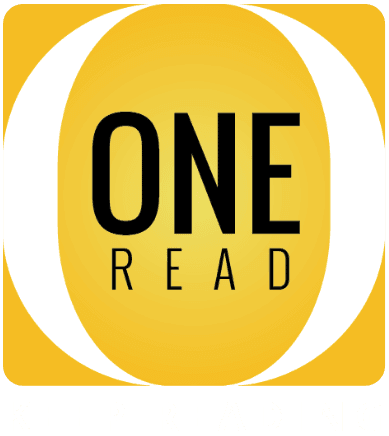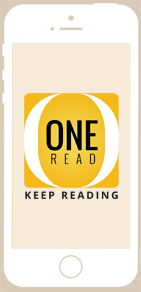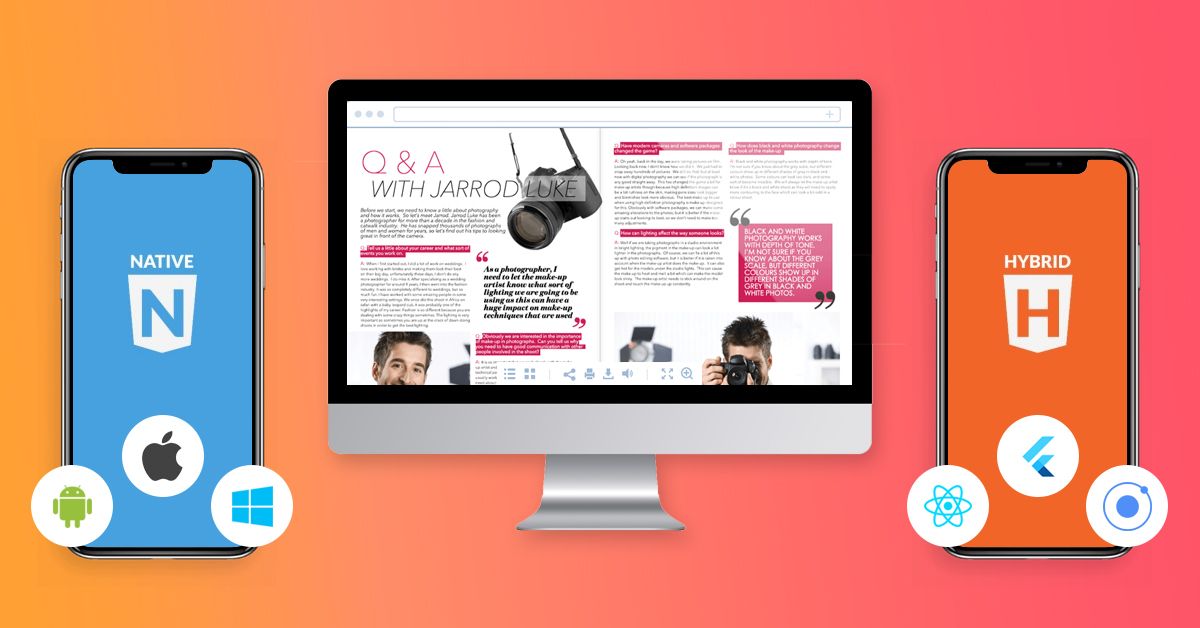
Are you a publisher, looking forward to publishing all your books online? Or a corporate organization searching for a way to train your employees using corporate ePublishing? Or are you an institution with an amazing eLearning course waiting to be rolled out? In any case, you’ll need a dependable digital content publishing platform with just the right capabilities. Now, the options are plenty, thanks to the world going digital. You’ll have to choose one that not only lets you create, edit, and publish your content in the best way possible, but also generates traffic and helps you monetize your published content.
But it doesn’t end here. Did you know that about 63% of all US online traffic comes from smartphones and tablets? You know what that means, right? With the majority of readers out there consuming content via tablets, smartphones, etc., you’ll also need a good mobile content distribution platform so that all your mobile users have a good reading experience. The possibility of all this happening depends on your choice of platform.
But before even considering a publishing platform, you must be aware of all the details to ensure that you make the right decision. In this blog, we have put together a list of everything you need to know about making the final call.
So, let’s dive head first into the “Why”.
Digital publishing platform: Why does it matter?
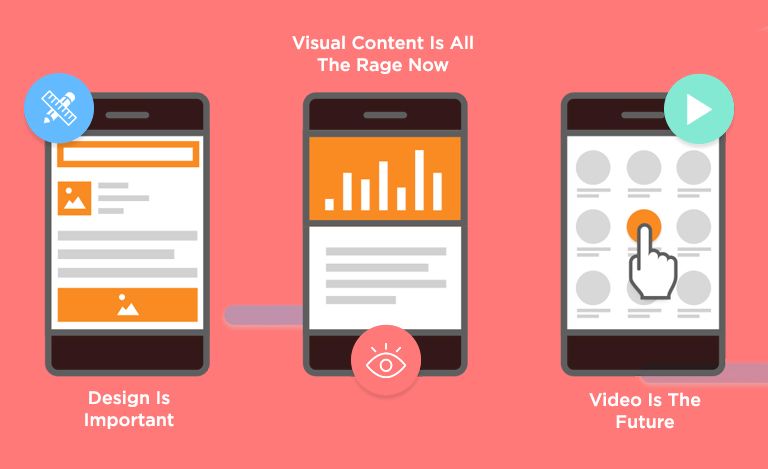
Working with a digital content publishing platform and ensuring that your content goes live can be a time consuming task. Not to forget, the difficulty and expenses. Sooner or later, you may even start to doubt the importance of a platform. Having such apprehensions is natural. But there are counters.
For starters, it’s undeniable that the competition is growing and getting tougher by the day. In such a scenario, you need something that helps you stand out. Or better yet, something that makes your content stand out. In other words, the way you present your content matters. While producing high-quality content still sounds doable, presenting it in the right manner to sway your audience calls for the use of right publishing tools.
-
Design is important
Some publishers believe that focussing on content quality is enough. Publishing high-quality content is crucial, yes, but so is the design and presentation of your content. Do you know that about two-thirds of the audience would rather read something nicely designed than something plain. No one likes plain blobs of text followed by even more plain blobs of text. The content may be excellent, but if its presentation isn’t effective, it will fail to get enough attention. Creative placement, inclusion of images, infographics, and other design elements are important to make your content upbeat and attractive. This is where your digital publishing platform plays an important role. The platform you choose must be flexible enough and comprise functionalities to help you make your content more intriguing for the user, design-wise. This is especially true if you choose to go with web publication, where your website design should not just be user-friendly, but interesting as well.
-
Visual content is all the rage now
Other than design, the type of content you include also determines the level of user engagement. According to Hubspot, about 32% of marketers believe that visual images are the most important form of content for their business. In fact, readers are able to retain information gained from visual content better than that from plain content. So, if you thought that simply publishing a lot of content is going to cut it, well, it won’t. Not unless you include appropriate visual content to intrigue your readers. The platform you choose must support different visual content formats so that it works just right for you.
-
Video is the future
This is just another form of visual content and quite a trending one. According to Hubspot, about 54% of consumers want to see more video content from a brand or business they support. Videos are way more interesting than simple content and allow a lot more room for creativity. An ideal platform should support the inclusion of videos and give you the freedom to customize your content, if required.
And so that’s why your choice of a digital publication platform matters.
Well, luckily, you have the flexibility to choose from many easy options. And it’s time to explore them, one by one.
Web, Native, or Hybrid?
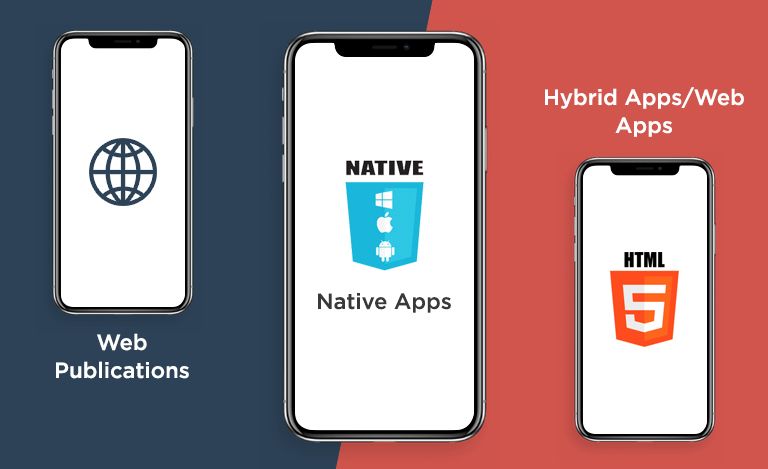
When it comes to finalizing a digital content publishing platform, you have two options. You can get a dedicated app-as-a-reader or a native app through which you publish and distribute your content. Or you can do so using a publication site or what you call a web application. There’s a possible third option that’s more like a combination of the two, referred to as a hybrid web application or hybrid mobile app.
The major difference between a web publication and a native web app is that the former accessible on the internet while the latter is accessible on your mobile or handheld device. While both have their own perks, it’s up to you to decide which one works best for you.
-
Web publications:
Simply put, a web publication is a website that you can access via your handheld device. While it may look like an app, it’s actually not. It’s in fact, a mobile site with its own URL. It is usually written in HTML5 and can be accessed with a browser. Web apps can be beneficial from SEO point of view since they are built like a normal website and so it is easy for the spider bots to crawl. Plus, they are easy to maintain and a lot more affordable.
-
Native apps
Native apps are simply mobile applications especially designed to publish and distribute content. A native app can be termed as an app-as-a-reader and can be installed on any mobile device to access published content. Native apps are easy when it comes to providing offline access to the readers. Also, it is easier to include or code interactive elements in a mobile app.
-
Hybrid apps/web apps
A hybrid app is basically a mixture of a mobile app and a web app, and is built using HTML5. This kind of app also available via the app store, and can be installed. In simpler terms, a hybrid app can be seen as a wrapper for an already existing web page. Apps that work as mobile content distribution platforms are quite popular now as they usually bear low development costs and offer cross-development support.
Depending on how you want your content to be published, organized, and distributed, you can choose to go with any of the above options. Whatever you choose, you need some basic functionalities and capabilities to make sure that your content performs well. For that to happen, your platform needs to have some essential features.
Features of an ideal digital publishing platform
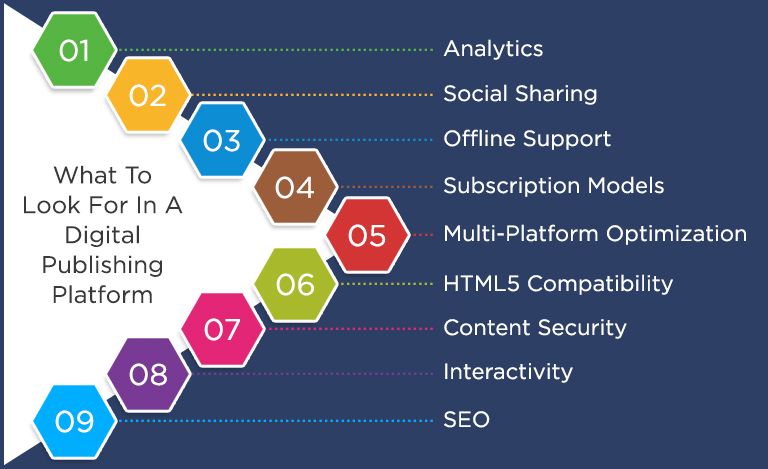
Whether you choose an app-as-a-reader or a web publication, it is important to check and see if it fulfills all your basic requirements. Here are some of the vital ones:
-
Analytics
What good is your content if it’s not performing? Your content is no good if it’s not performing. Even worse, your efforts are going in vain if you are not able to track their outcome. To make things really work, it is important to track your content and publishing platform’s performance. Analytics can help you check user engagement, sharing status, downloads, etc. so that you are able to redefine your strategy, if need be and make the most of your published content.
-
Social sharing
People share the content they like on social media. But they’ll only be able to do that if social sharing on the respective platform is enabled. An ideal digital content publication platform is one that allows users to share content.
-
Offline support
Many readers prefer downloading and reading a content piece later. Your publishing platform must let the users download and access content in offline mode.
-
Subscription models
Publishers often have different types of content to publish. Some content is free to access while some editions might require the readers to subscribe. Subscription models must be supported by the platform for publishers who want to avail them.
-
SEO
The competition is tough. What you need is a way to attract readers and outshine your competition. For digital publishing, your content needs to be optimized for the search engines, so that it ranks high for a related user query. Also, your platform should be SEO-friendly so that your content is discoverable.
-
Multi-platform optimization
Your publishing platform must be compatible with almost all the operating systems such as iOS, Android, Windows, etc.
-
Content security
This one makes a lot of sense, especially for an app-as-a-reader where an appropriate DRM system is installed to protect your published content from unauthorized access, content theft, and copyright infringement. Make sure your platform supports the installation of all the required security systems.
-
Interactivity
Your platform must allow you to add interactive elements such as videos, animations, pop-up media, etc. to enhance user engagement.
-
HTML5 compatibility
Web publications are often built on HTML5, which eliminates the need to download any app or extension to access the content. This makes accessing content easy, which is why your publishing platform must be HTML5 compatible to make sure that your readers can access your content directly via their browsers.
Digital publishing is soaring to new heights. And if leveraged in the right manner, it can prove to be quite beneficial for publishers and businesses. Now that you’re aware of all the related details, it should be easier for you to zero in on one.
Let’s Get You The Perfect Platform With OneRead
Choosing and making a digital publishing platform work can be a tiresome task, especially when you’re unsure about where to begin. But the good news is that you no longer need to worry. OneRead can be a one-stop solution to all your digital publishing and content distribution woes. Professionals at OneRead can help you zero in on the best publishing platform, one that lets you have complete control over your content. Let’s connect and discuss your requirements in detail. Just write to us at info@one-read.com and we’ll get back to you at the earliest.

